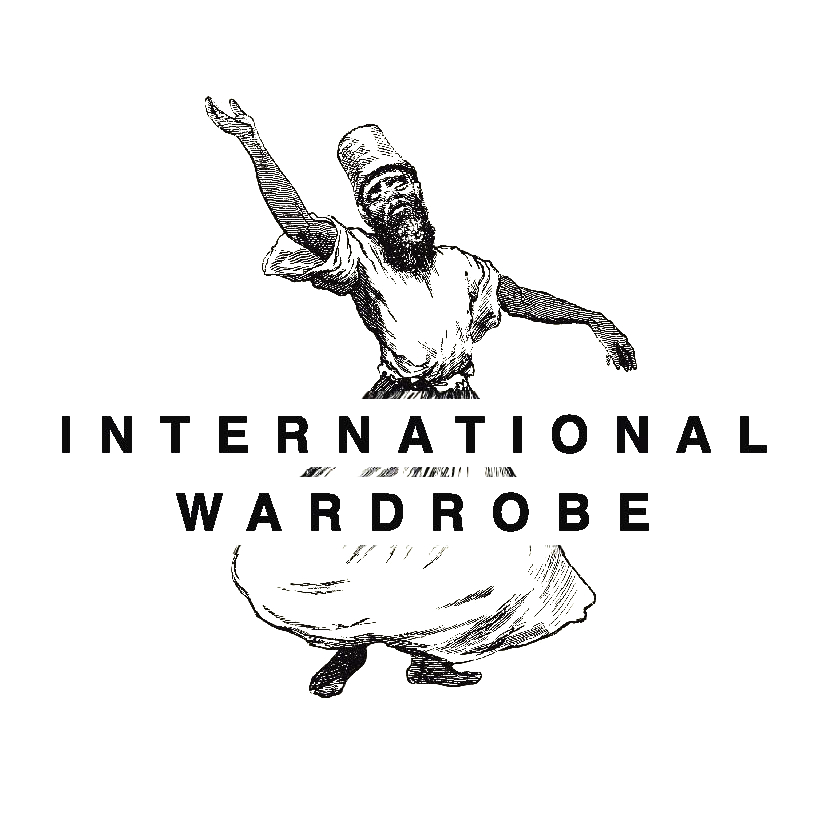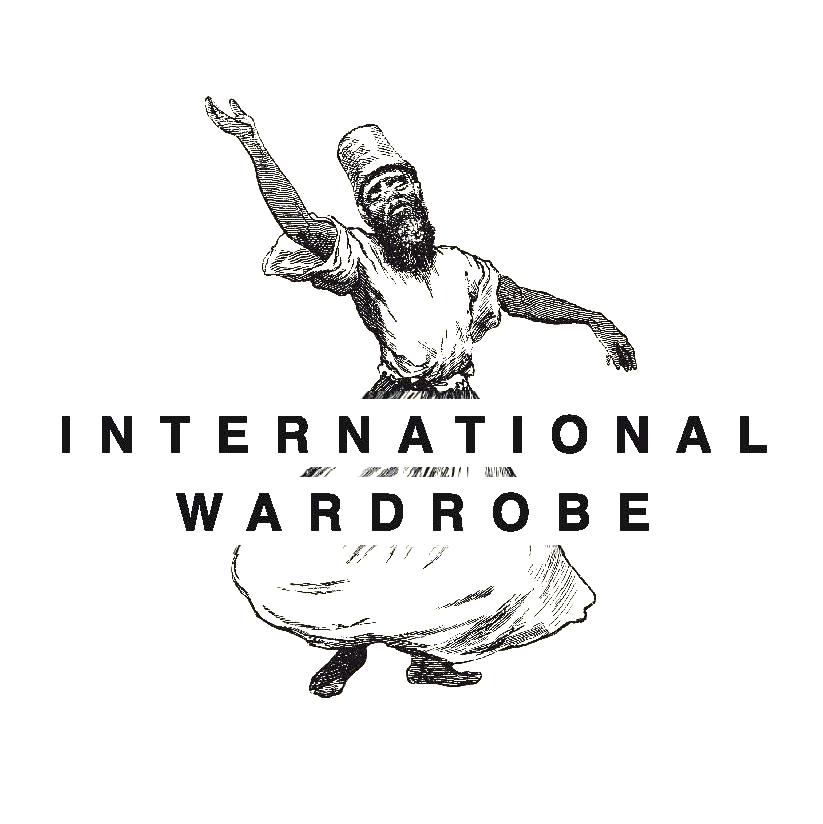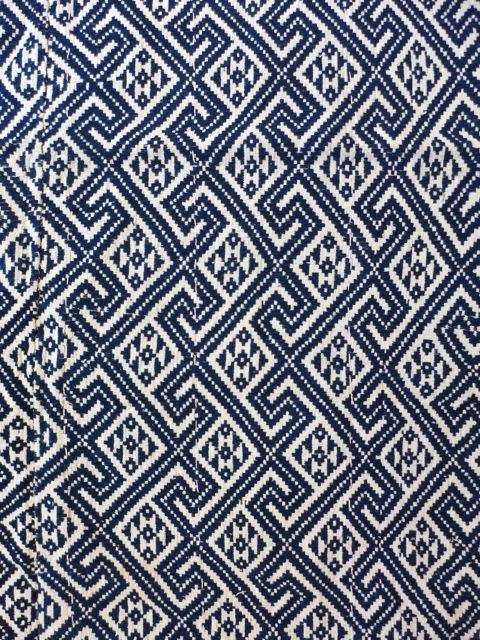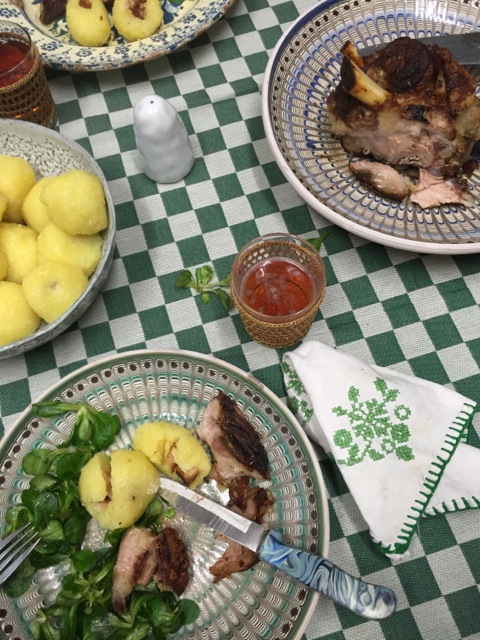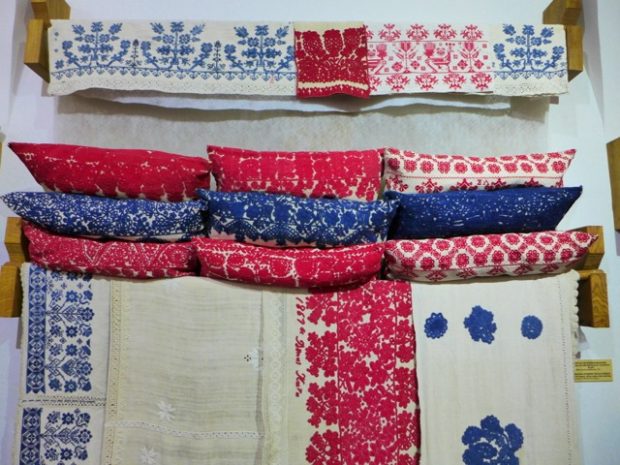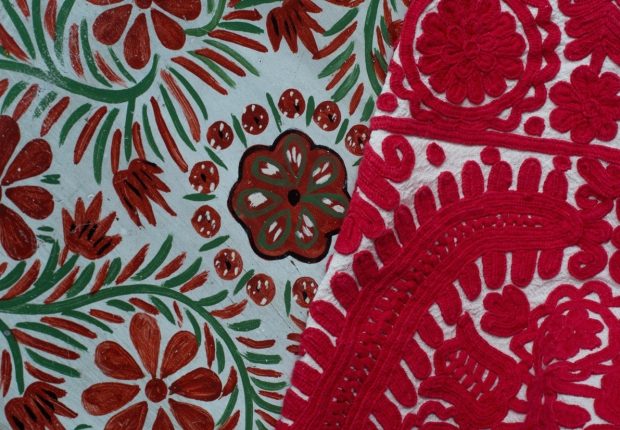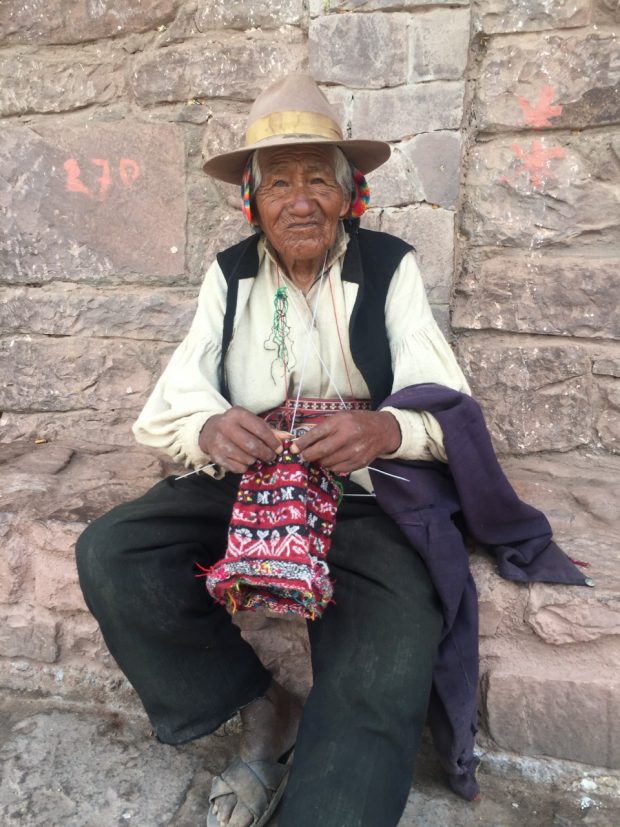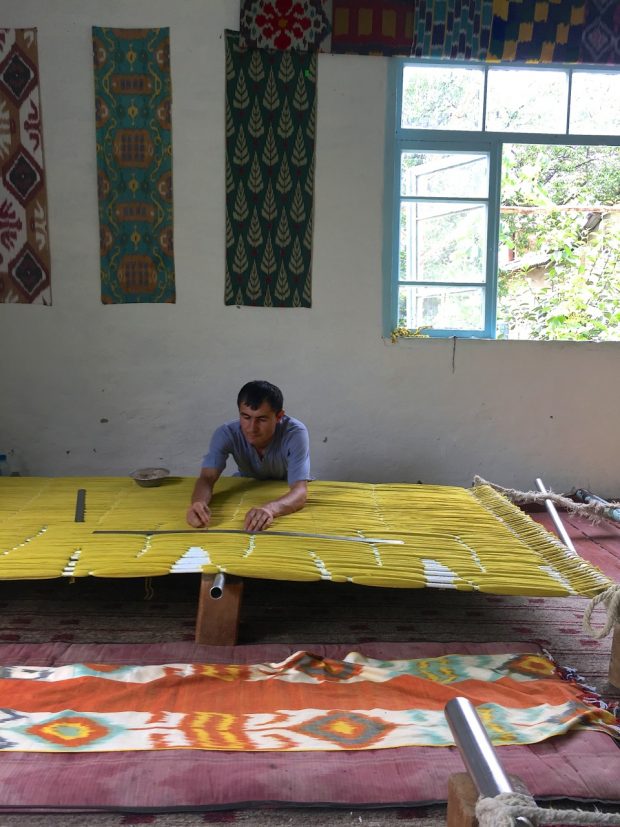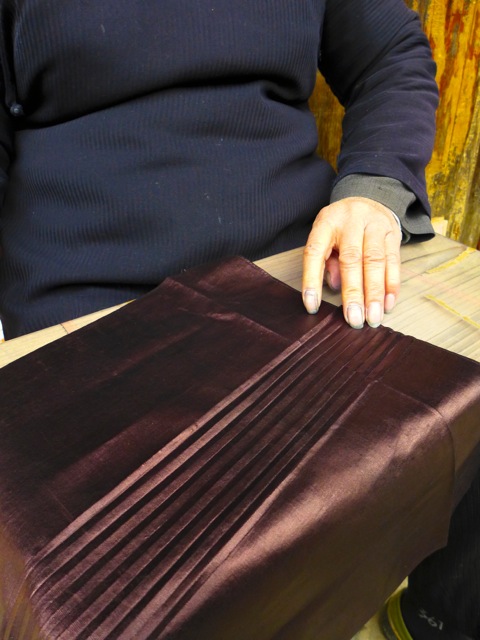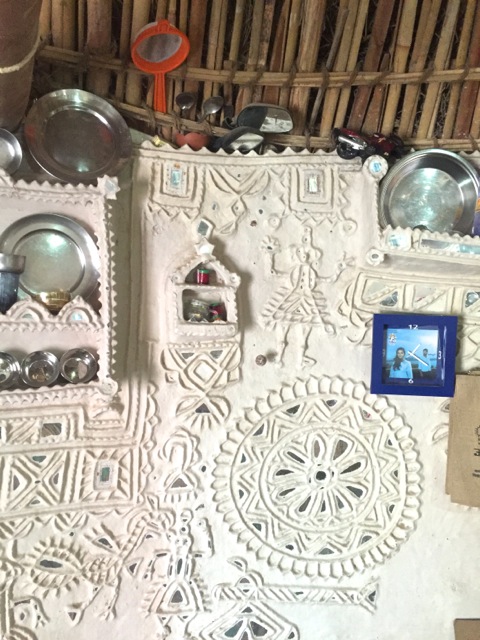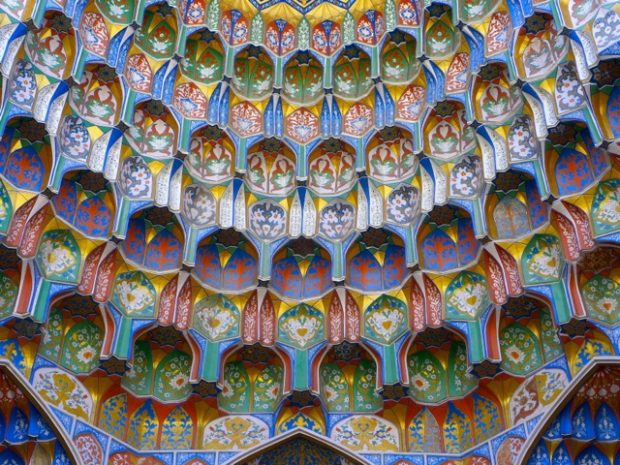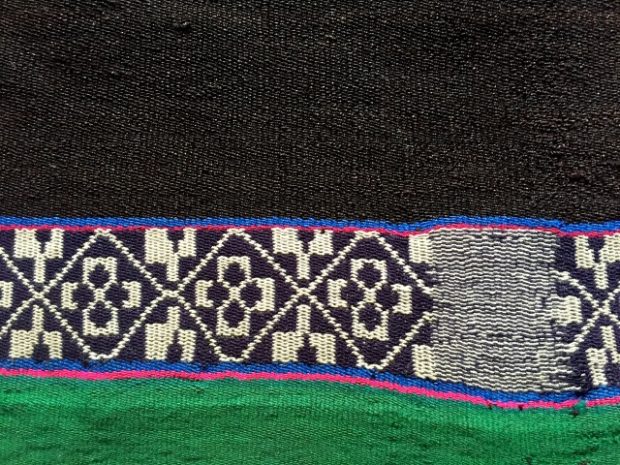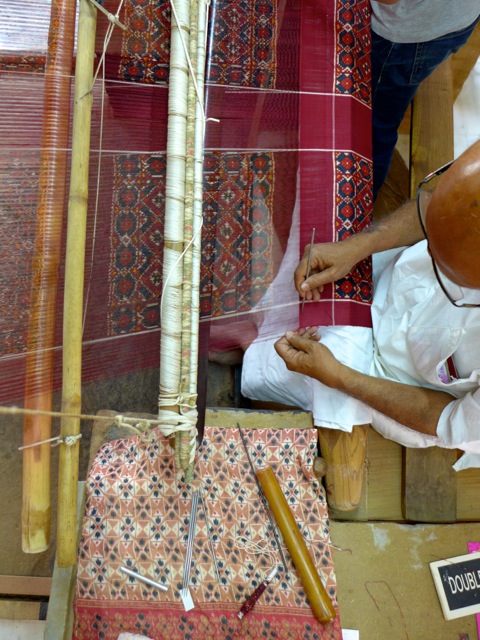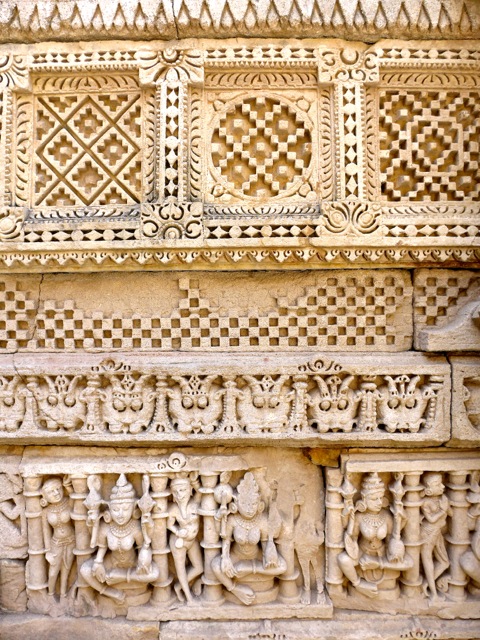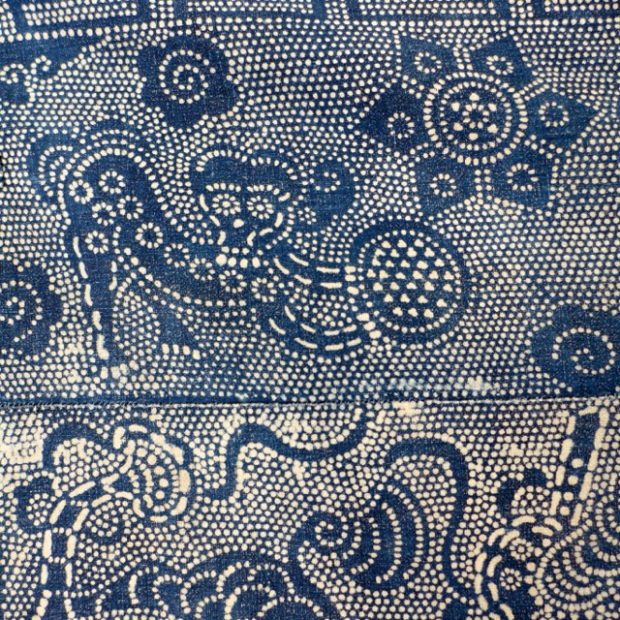THEME PATTERN
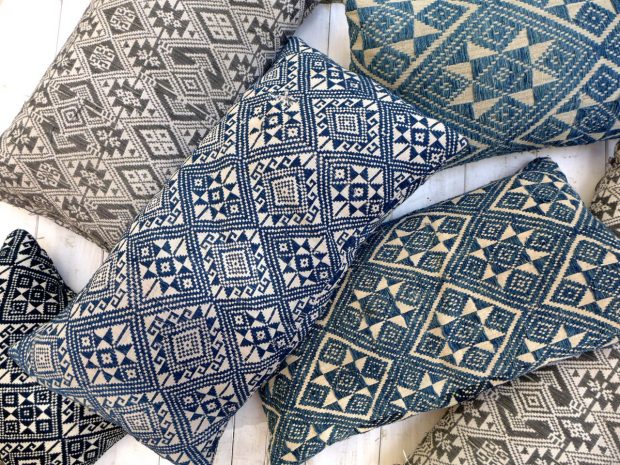
Laos/Huan Phan: Naga, the snake, has a central role, can be found meandering across almost all Tai fabrics. The Tai believe they are intimately connected to Naga.In an interview, one of the Lao Tai weavers from Houaphanh explained: »If the snake notices that we aren’t wearing any textiles with her image, then she might think we don’t respect her and then, maybe, she’ll kill us.«
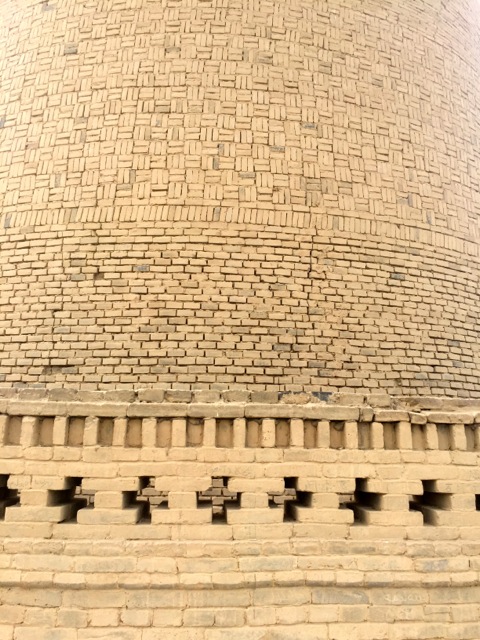
Xinjang/China: Woven structure at the fassade of the Emin Minarett in Turpan.↑
Romania/Horezu: Symbols and patterns on the ceramics, such as snakes, the tree of life, wavy lines, concentric circles, wheat ears and stars are strongly reminiscent of Romanian embroidery, which shares similar decorative elements. In 2012 Unesco declared the pottery from Horezu world heritage in the category of immaterial cultural goods.↑
Romania/Kalotaszeg: The general rule governing interior design from here seems to be: the more, the better. The close arrangement of textiles along the walls, stacked cushions on beds – embroidered side turned out to face potential visitors – as well as the many tapestries and table cloths seem to point to a horror vacui, a kind of fear of empty spaces.
La Paz/Bolivia: If you want to make a break during weaving, you weave only rows and no patterns. Like a TV test pic from the fivties.
Taquile/Peru: This very old and very knitting men has well understood the job as a tourist´s foto model. On taquile island the woman weave her husbands belt for the wedding with a few strings of her own hair. For a never ending binding. ↑
Margilan/Usbekistan: It´s more or less only a big show at the Yodgorlik ikat manufacture in Margilan/Fergana valley. But not all. ↑
Guizhou/South China: Sometimes you can get some patterns by kinking textile like paper. For this you need the indigo dyed textile from the Dong people. And a hand satin finished made with egg, cooked bones and other simsalabim stuff. ↑
Kutch/Gujarat/India: The walls of the round Houses from the Meghwali people are decorated with mud and with similar patterns and motifs like their textiles. ↑
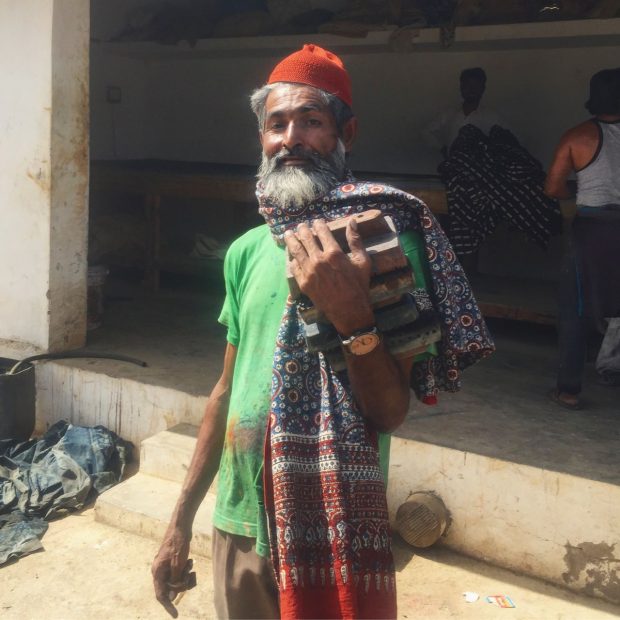
Very good looking blockprinter from the Ajrakh manucafure in Khavda.
Buchara/Uzbekistan. Fassade of the Abdulasis Khan Medrese. More pattern is maybe not possible. ↑
Uzbekistan: For the people from central asia Ikat is something like checks for the scots. Russia knewed how to use this preference from his former colonies for the goods, they had made special for this interesting market. ↓
India/Gujarat: Patan Patola is a double ikat, that means that by resist-dyeing both the warp and weft prior to weaving. This takes a long, long time. There is only one familiy left in Patan doings this Ikat. A scarf with the lenght of 2,5 meter cost around 1000 Dollar. And that´s totally ok!
Gujarat/India: The Rani-ki-Vav step-well from Patan is one of the most beautiful step-well from India. The Ikat weaver from Patan claim that the textile was in Patan before the fountain.
Guizhou/South China: Such blankets were made with stencils made of cardboard. Of course the tiger is forprodection against any kind of bad spirit.
,.,
